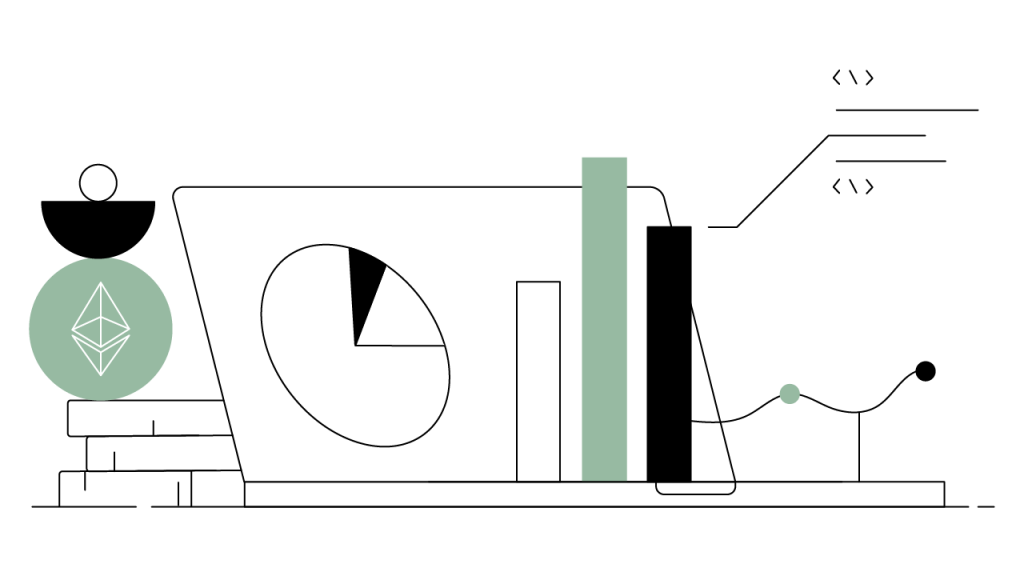Technical Analysis and Crypto
Basic technical analysis can shed light on price movements, which can help you to make sounder investments in any sector.
Updated October 5, 2023 • 1 min read

Summary
Together, technical and fundamental analysis comprise the backbone of investment research. To determine an asset’s value, fundamental analysts look at macro and microeconomic trends, industry conditions, and the competitive landscape. Technical analysts, on the other hand, aim to understand market sentiment by looking for patterns and trends and to predict price movements by examining historical data like price and volume.
Technical Analysis Is Heavily Quantitative
Although technical analysis is primarily quantitative and metrics-based, there are times when analysts may also add qualitative techniques to evaluate an investment opportunity. Because it uses mathematical and statistical modeling to understand market and price behavior, technical analysis has wide applications in buying and selling cryptocurrency.
There are three main tenets that apply to cryptocurrency technical analysis:
History tends to repeat itself
The market discounts everything
Prices move in trends
Armed with these beliefs, technical analysts draw on a variety of influences, including behavioral and traditional economic principles, to make predictions about market movements. Unlike fundamental analysis, technical analysis looks solely at price movements. But to understand price movements using technical analysis you should look at factors like past and present crypto demand, global regulatory regimes, and recent trends in the crypto community, among many others. In theory, technical price trends give clues about market sentiment, rather than the other way around.
Some Tools of Bitcoin Technical Analysis
Cryptocurrency technical analysis usually relies on charting patterns, statistical indicators, or both. The most commonly used charts are candlestick, bar, and line charts. Each can be created with similar data but presents the information in different and useful ways. Some of the most common technical indicators are:
Average directional index: A technical analysis indicator that helps determine the strength of a trend
Bollinger bands: A tool used in technical analysis that helps determine whether asset prices are high or low on a relative basis
Relative strength index (RSI): A momentum indicator used in technical analysis to determine the magnitude of recent price changes
Standard deviation: A concept applied to an investment’s annual rate of return; provides insight into that investment's historical volatility
These indicators can help investors and traders in their quest to exact profits from trends. Other statistical tools that investors may turn to when leaning on bitcoin technical analysis include moving averages/RSI/MACD, Fibonacci ratios, volume weighted average price (VWAP), and time-weighted average price (TWAP).
At its core, technical analysis is basic economics wrapped in fancy terms; essentially, it’s the study of supply and demand and the way to best anticipate trends. For novice crypto investors, these tools might seem complicated — and sometimes they are. But, cryptocurrency technical analysis can provide a window into price movements that could help you make better investments.
Cryptopedia does not guarantee the reliability of the Site content and shall not be held liable for any errors, omissions, or inaccuracies. The opinions and views expressed in any Cryptopedia article are solely those of the author(s) and do not reflect the opinions of Gemini or its management. The information provided on the Site is for informational purposes only, and it does not constitute an endorsement of any of the products and services discussed or investment, financial, or trading advice. A qualified professional should be consulted prior to making financial decisions. Please visit our Cryptopedia Site Policy to learn more.

Is this article helpful?
